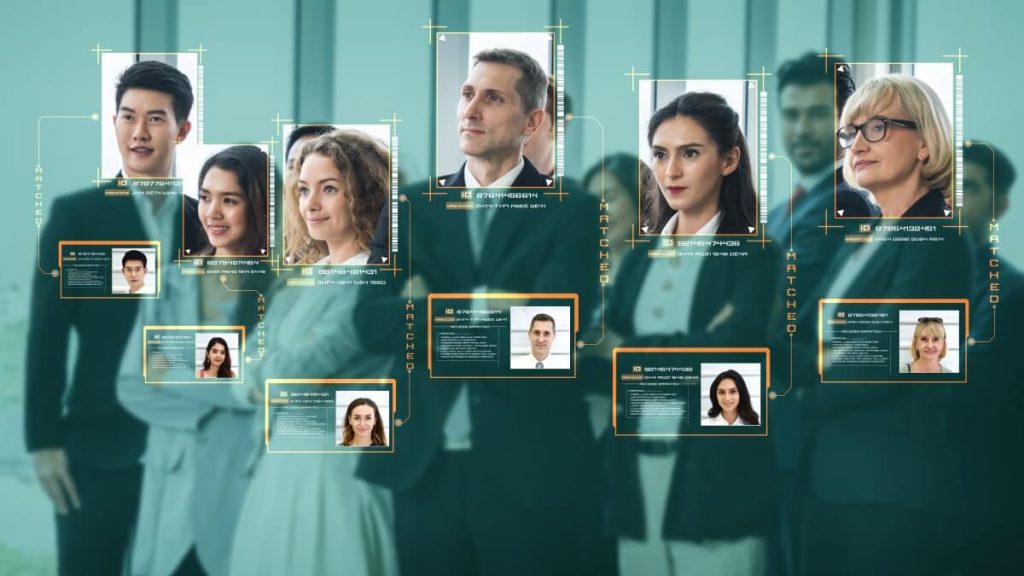Face Recognition: The Pillar of Smart City Initiatives

Introduction: In the global pursuit of urban development and efficiency, smart city initiatives have emerged as a solution to address complex challenges and improve the quality of life for residents. At the heart of these initiatives lies Biometric authentication technology, serving as a foundational pillar in the transformation towards smarter, safer, and more efficient cities. This article explores how face recognition is shaping smart city initiatives and revolutionizing urban living.
- Enhanced Public Safety and Security: Face recognition technology plays a pivotal role in enhancing public safety and security within smart cities. Integrated with surveillance systems and law enforcement databases, facial recognition enables authorities to identify and track individuals of interest in real-time. By analyzing facial biometrics, law enforcement agencies can swiftly respond to security threats, prevent crimes, and ensure the safety of residents and visitors alike.
- Efficient Traffic Management: In congested urban areas, traffic management is a critical challenge that impacts both mobility and air quality. Face recognition technology facilitates efficient traffic management by enabling the implementation of intelligent traffic monitoring and control systems. By analyzing traffic patterns and identifying vehicles and pedestrians, facial recognition systems can optimize traffic flow, reduce congestion, and enhance road safety within smart cities.
- Seamless Access Control and Identification: Face recognition technology streamlines access control and identification processes in various public facilities and amenities. From public transportation hubs and government offices to parks and recreational areas, facial recognition systems enable seamless authentication and verification of individuals. This enhances the overall user experience, reduces waiting times, and improves accessibility for residents and visitors to smart city infrastructure and services.
- Personalized Urban Services: Facial recognition technology enables the delivery of personalized urban services tailored to the needs and preferences of residents. By analyzing facial expressions and demographic data, smart city platforms can customize services such as public transportation routes, cultural events, and civic engagement initiatives. This personalized approach enhances resident satisfaction, fosters community engagement, and promotes social inclusion within smart cities.
- Data-Driven Decision Making: The integration of face recognition technology generates vast amounts of data that can be leveraged for data-driven decision making and urban planning. By analyzing facial biometrics and behavioral patterns, city officials can gain valuable insights into public sentiment, demographic trends, and urban dynamics. This data-driven approach enables policymakers to make informed decisions, allocate resources effectively, and address emerging challenges in smart city development.
Conclusion: In conclusion, face recognition technology serves as a pillar of smart city initiatives, driving innovation, efficiency, and sustainability in urban development. By enhancing public safety, optimizing traffic management, streamlining access control, delivering personalized services, and enabling data-driven decision making, facial recognition technology transforms the urban landscape and improves the quality of life for residents. However, it is essential to address privacy concerns, ethical considerations, and regulatory frameworks to ensure the responsible and equitable deployment of face recognition technology in smart city initiatives. By leveraging facial recognition responsibly, cities can unlock the full potential of smart technologies and create more livable, resilient, and inclusive urban environments for generations to come.




